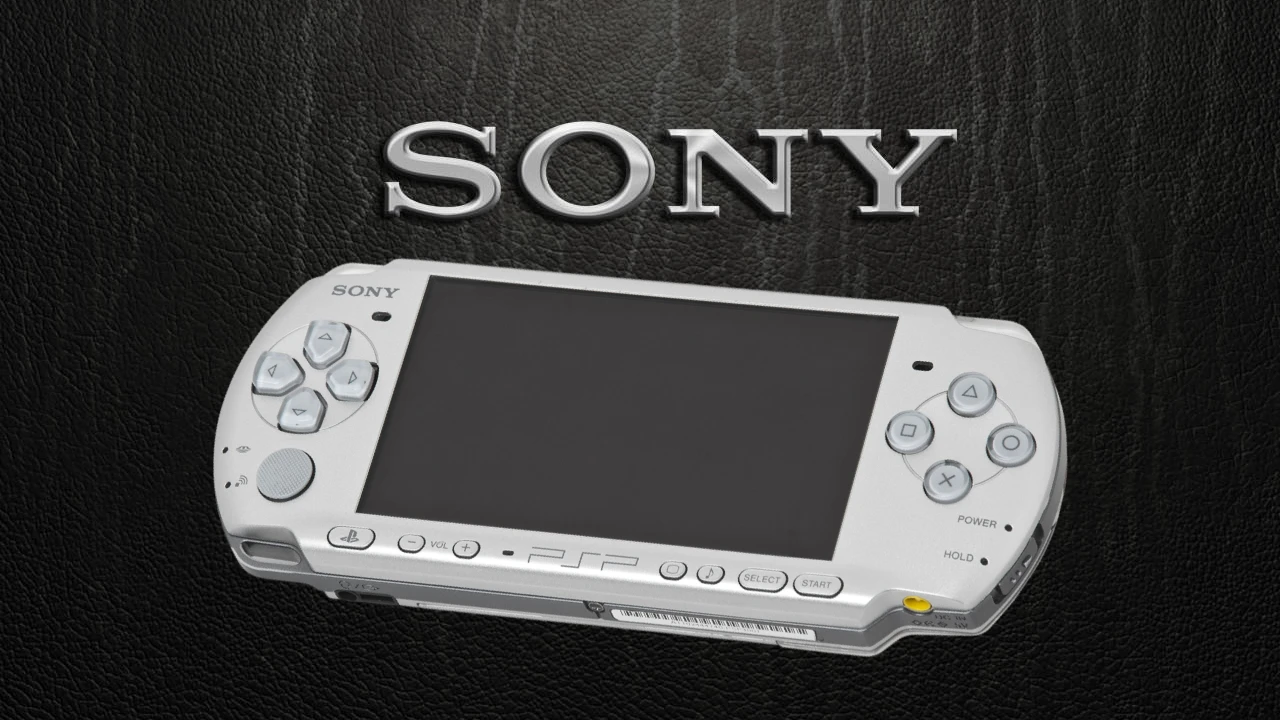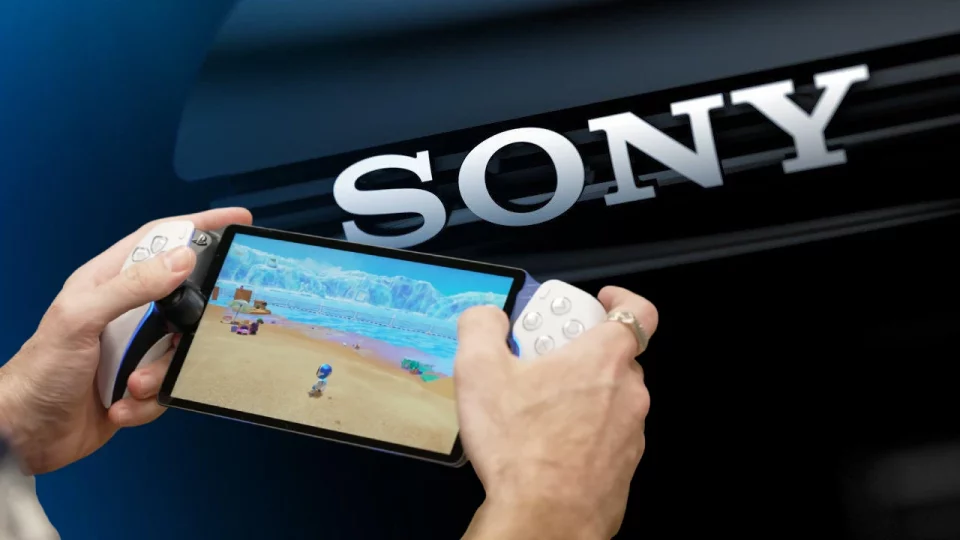Sony is rumored to be developing a new handheld console capable of playing PlayStation 5 (PS5) games without requiring an active Wi-Fi connection, positioning itself as a strong competitor in the portable gaming market.
The console, which is still in its conceptual stage, could signify a major shift in Sony’s approach to gaming hardware. While Sony’s dominance in traditional console gaming is undisputed, the company’s history with portable gaming consoles has been more of a rollercoaster ride. With the global handheld market rapidly evolving,
Sony is preparing to compete with industry leaders Nintendo and Microsoft, alongside new entrants like Valve and Asus.
Table of Contents
Sony’s Ambitious Leap into Portable Gaming
The new handheld console from Sony aims to offer an unparalleled experience: the ability to natively play PS5 games, untethered from an internet connection. This bold move could revolutionize portable gaming for Sony, which has struggled in the past to cement its place in the handheld console industry.
Bridging the Gap Between Home and Portable Consoles
Sony’s existing portable device, the PlayStation Portal, streams PS5 games via Wi-Fi, but its functionality is limited by its dependency on stable internet connectivity. The new device, as reported by Bloomberg, would address this shortcoming by enabling native gameplay. If executed effectively, this could offer players the freedom to experience full-fledged PS5-quality games on the go, closing the gap between traditional home consoles and portable gaming devices.
This development could resonate particularly well with gamers who value high-performance graphics and immersive storytelling but seek flexibility in where they play. It’s an acknowledgment of shifting consumer preferences in the gaming world, where convenience often trumps fidelity.
Competing Against the Giants
Nintendo’s Switch has been a runaway success, setting the benchmark for portable gaming consoles. With over 129 million units sold since its 2017 launch, the Switch has proven that handheld gaming can thrive in a crowded market. Meanwhile, Microsoft has signaled interest in the category with its prototype handheld Xbox device, though it remains years from market readiness.
Sony’s challenge will be to carve out a niche that blends the power of its PS5 ecosystem with the accessibility of a handheld device. This balance could provide a competitive edge, especially if Sony manages to integrate seamless compatibility with existing PS5 titles and the PlayStation Network.
Sony’s Legacy in Portable Gaming: Lessons from the Past

This isn’t Sony’s first attempt at portable gaming. The company’s PlayStation Portable (PSP) and PlayStation Vita were both innovative products that failed to achieve sustained success. Reflecting on their strengths and weaknesses can provide insight into what the future might hold for Sony’s newest endeavor.
The Rise and Fall of the PSP
Launched in 2004, the PSP was Sony’s first attempt to break into the portable gaming market dominated by Nintendo. The console boasted impressive graphics for its time, a multimedia player, and robust third-party support. However, the PSP struggled to compete against Nintendo’s DS series, which had a broader appeal, lower price point, and a library of family-friendly games.
Sony’s primary challenge with the PSP was balancing advanced hardware with user-friendly software and accessibility. The PSP’s reliance on proprietary Universal Media Discs (UMDs) and a lack of innovative exclusives hindered its appeal, despite its technical superiority.
The Ambitious Yet Overlooked PS Vita
The PlayStation Vita, released in 2011, aimed to rectify the PSP’s shortcomings by incorporating cutting-edge features such as an OLED touchscreen, dual analog sticks, and remote play functionality with the PS4. However, the Vita faced stiff competition from the rapidly growing mobile gaming industry and the Nintendo 3DS.
Sony’s failure to secure strong third-party support and its over-reliance on niche gaming audiences contributed to the Vita’s premature decline. Yet, the Vita’s innovative features laid the groundwork for what a modern handheld device could achieve — lessons Sony can draw upon as it revisits the portable market.
